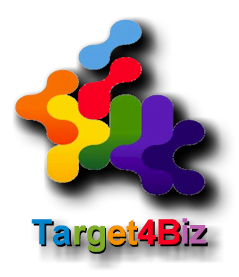Creating hype for a product launch involves a combination of strategic planning, engaging marketing tactics, and utilizing various channels to reach your target audience. Here are some steps you can take to generate more excitement around your product launch, along with a recent example for each step:
1. Teasers and Sneak Peeks:
- Create a series of teasers that provide glimpses of the product without revealing everything. The objective here is to release teaser videos, images, or sneak peeks of the product to create curiosity and anticipation.
- Build anticipation by releasing these teasers gradually through various channels. You can utilize social media platforms to share these teasers and engage with your audience.
Example: Apple’s product launches are known for their teaser campaigns, where they release cryptic images or messages hinting at their upcoming products, sparking discussions and speculation.
2. Influencer Partnerships:
- Collaborate with influencers or bloggers who have a strong following in your niche to promote your product.
- Influencers can provide reviews, unboxing videos, or behind-the-scenes content to generate buzz. Their endorsement can lend credibility and amplify your message.
Example: When Samsung launched the Galaxy Fold, they sent the device to select influencers, who created unboxing videos and shared their experiences with their followers.
3. Limited-Time Offers:
- Introduce limited-time pre-order discounts, exclusive bundles, or early access to incentivize early purchases.
- Create a sense of urgency to encourage potential customers to take action.
Example: Video game companies often offer pre-order bonuses, such as exclusive in-game items or early access to certain content, to boost excitement before a game’s release.
4. Interactive Campaigns:
- Launch interactive campaigns like contests, giveaways, or challenges that involve your audience and encourage them to share their participation.
- User-generated content can spread the word about your product in an authentic way.
Example: Coca-Cola’s “Share a Coke” campaign encouraged customers to find their names on personalized Coke bottles and share photos with the hashtag #ShareACoke.
5. Engaging Content:
- Create engaging and shareable content, such as videos, blog posts, or infographics, that highlight the product’s features, benefits, and unique selling points.
Example: GoPro’s launch of the HERO7 Black camera was accompanied by a video showcasing the camera’s impressive stabilization technology, which went viral and garnered significant attention.
6. Media and Press Coverage:
- Reach out to media outlets and industry publications to secure coverage and reviews of your product.
- Positive press coverage can lend credibility and generate interest from a broader audience.
Example: Tesla’s product launches often receive extensive media coverage and live streaming events, generating widespread attention and discussions.
7. Event or Livestream Launch:
- Host live events, webinars, launch event, livestream or virtual product unveilings to showcase your product’s features and benefits while interacting with your audience in real time.
- Use platforms like YouTube, Facebook Live, or Twitch to engage with viewers in real-time.
Example: Sony’s PlayStation 5 launch included a livestream event that showcased gameplay footage, introduced new titles, and revealed the console’s design, generating excitement among gamers.
Remember that successful product launches are often a result of a combination of these strategies tailored to your product, target audience, and brand identity. The key is to create a multi-faceted approach that combines various strategies to effectively build hype and anticipation for your product launch. Tailor these strategies to fit your target audience, industry, and product specifics. Additionally, staying up-to-date with recent marketing trends and understanding your audience’s preferences can help you create a more effective hype-building campaign.
